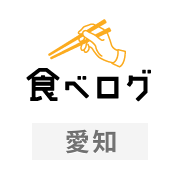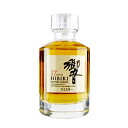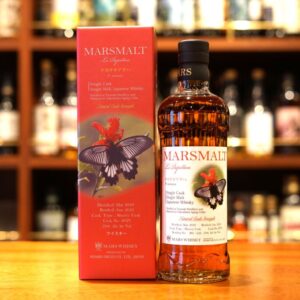Established in 1972. Suntory’s largest grain whiskey distillery in Japan.
1.Outline
Chita Distillery was established in 1972 by SunGrain Corporation, a joint venture between Suntory and the Japan Agricultural Cooperative Association (JA).
It is located in a coastal industrial area on the Chita Peninsula in Aichi Prefecture, right in the middle of the Yamazaki and Hakushu distilleries, and is different from distilleries that are located in places with a strong image of rich nature.
Most of the grain used in Suntory’s blended whiskey is produced at this distillery.
The distillery is located next to JA’s huge silo warehouse, which can store a large amount of grain, allowing them to produce a large amount of grain without delay.
In addition, industrial alcohol and spirits used for chuhai (Japanese rice wine) are also produced here.
Incidentally, the facility is not open to the public for tours, etc.
2.Basic Information
2-1. Owner
Suntory (Suntory Holdings Ltd.)
2-2. Location
16 Kitahama-cho, Chita-shi, Aichi 478-0046
16 Kitahama-cho, Chita City, Aichi Prefecture, Japan
2-3. Access
By car
5 minutes by car from Asakura Station
2-4. Commencement of operations
1973 (Showa 48)
2-5. Main Products
Chita” single grain whiskey created by the fifth generation chief blender, Shinji Fukuyo
He took on the challenge of creating different types of grain whiskey, a feat unparalleled anywhere in the world.
Currently, in addition to clean, medium, and heavy types, Chita is also aged in white oak, Spanish oak, and wine barrels for a more diverse selection.
Just as Yamazaki and Hakushu are particular about their label design, Chita is also very particular about its label design.
The “多” part of the label was designed to resemble the winds of the Chita Peninsula.
2017 ISC (International Spirits Challenge)
Gold medal for its predecessor, Single Grain Whisky Chita Distillery
Gold medal in 2020
TWSC (Tokyo Whisky & Spirits Competition) Silver Prize in the same year.
TWSC Bronze Prize in 2021
2022 TWSC Silver Prize
3.Tour and Visitor Center
General tours are not available.
3-1. Gourmet Information in the Surrounding Area
Although it is not open to the public, you can get a good sense of its size from the outside.
If you are in the neighborhood, you can stop by for a meal here.
3-2. Sightseeing Lodging
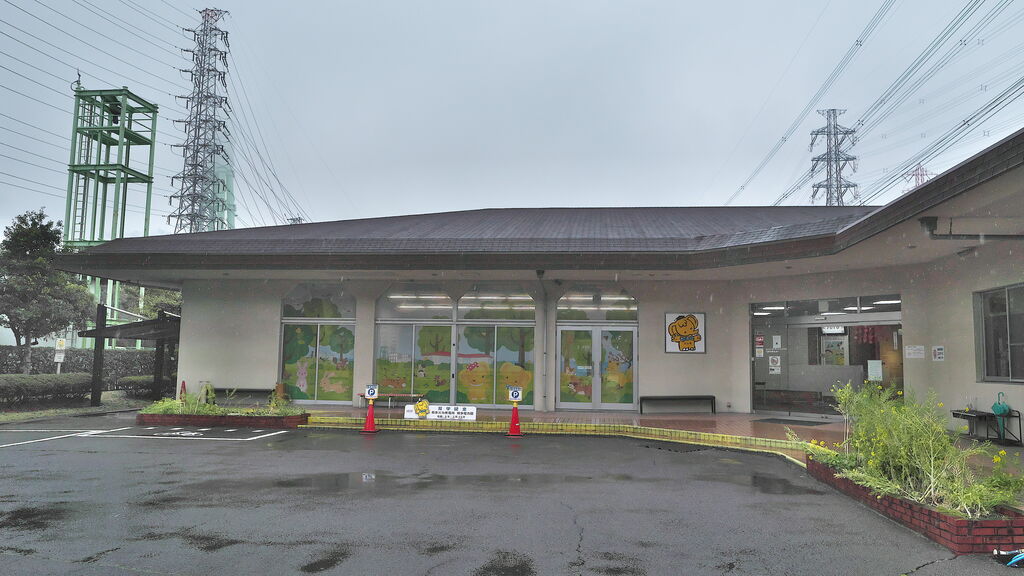

4.Manufacturing specs
Mainly a huge 30-meter-long multi-tower continuous distillation machine with four towers (Moromi, extraction, distillation, and refining), a café-type continuous distillation machine will be introduced in 2022, and two units are currently in operation.
Two of the four distillation towers are currently in operation, and if all four are used, it is possible to produce clean distillates, three medium distillates, and two heavy distillates.
In addition, two spirit towers for the production of spirits are also in operation, and the plant is a major production base for Suntory’s beverages in general, including industrial alcohol and the base alcohol used for chu-hi (a Japanese alcoholic beverage made from fermented beverages).
The raw materials used are yellow dent corn (corn) from the U.S. and about 10% barley malt from Finland and other countries to promote saccharification.
| Production Volume | Brewing water |
| Brewing water | Aichi water from the Kiso River (18 degrees hardness, soft water) |
| Ingredients | American corn (90%), Finnish barley malt (10%) |
| Brewing quantity | Brewing quantity |
| Malt mill | Hammer mill |
| Saccharification tank | Saccharification in grain whiskey cooker |
| Wort volume | Wort volume |
| Fermentation tanks | 12 long stainless steel fermenters (720,000-750,000 liters) Fermentation time: 50 to 85 hours |
| Pot still | 4 continuous multi-pillar distillation units Café-type two-tower continuous distillation machine Both steam-heated |
| Cooling system | Shell and tube plate type |
| Bottling equipment | None |
| Aging room | None |
5.Ripening environment
There is no aging room at Chita Distillery.
Instead, the sake produced is aged and stored at the Yamazaki Distillery, Hakushu Distillery, and Omi Aging Cellar.
Suntory’s total storage capacity is said to be approximately 1.7 million barrels at all three sites.
6.Distillery Story
6-1. History
| Year: 1972 (1972) |
Suntory and Zen-Noh Group jointly establish SunGrain |
|---|---|
| 1973 (Year of birth) 1973 (Showa 48) |
Chita Distillery completed. Began production of grain whiskey. |
| 1977 (the year of the first distillation) (1977) |
Expanded the second grain whiskey production plant. |
| 1980 (the first plant for the production of grain whiskey) (1980) |
Annual production of grain whiskey reaches 40 million liters |
| 1985 (Year 1985) 1985 (Showa 60) |
Started production of spirits |
| 1996 (the first year of production) 1996 (Heisei 8) |
Started production of alcohol for raw materials |
| 1997 (The year of the first production of spirits) (1997) |
Biomass boiler adopted |
| 2000 (Year 2000) 2000 (Heisei 12) |
Chita Distillery’s Special Grain” was put on sale. |
| 2004 (Heisei 12) 2004 (Heisei 16) |
Chita Distillery was registered as a grain whiskey distillery by SMWS (G13) |
| 2005 (Heisei 16) 2005 (Heisei 17) |
Head office moved from Tokyo to Chita City |
| 2008 (Heisei 17) 2008 (Heisei 20) |
Cumulative distillation volume since establishment exceeds 1 billion liters (average of approximately 26 million liters per year) |
| 2013 (Heisei 20) 2013 (Heisei 25) |
Chita Distillery 40th Anniversary Single Grain” was released |
| 2014 (Heisei 25) 2014 (Heisei 26) |
Single Grain Chita Distillery” was released |
| 2015 (Heisei 25) 2015 (Heisei 27) |
Single Grain Chita” was released |
| 2017 (Heisei 17) (Heisei 29) |
Annual production of grain whiskey exceeds 50 million liters |
| 2018 (Year 2018) (Year 2018) |
The Essence of Suntory Series Single Grain Chita Distillery Wine Barrel 4 Years Aged” released |
| 2019 (Heisei 30) (The 31st year of Heisei) |
Company name changed from Sun Grain to Suntory Chita Distillery |
| 2020 (Year 2020) 2020 (2020) |
The Essence of Suntory Series Release “Single Grain Chita Distillery (cherry barrel aged blend) |
| 2022 (2022) |
Install a new set of continuous distillation machines and start operation |
6-2. Successive blenders
Shinjiro Torii, the first master blender
Shinjiro Torii, the well-known founder of Kotobukiya, originally had an excellent sense of smell and was called the “nose of Osaka.
It is said that he learned the know-how of blending at a medicine wholesaler where he served as an apprentice.
He was fond of saying, “Try it, try it, or you will never understand.” Needless to say, this spirit is the foundation of Suntory today.
It is said that he and Keizo Saji, the second master blender, often had father-son fights, with the president’s office yelling at him every day, “You’re a heck of a blender! from the president’s office on a daily basis.
On the other hand, he also had a loyal side that was quick to come to the aid of those in need.
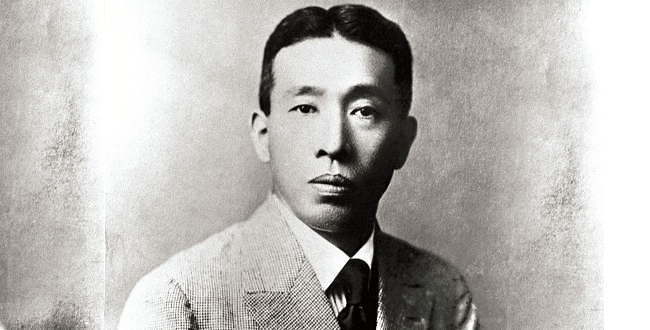
↓Over 20,000 words, BOOKMARK recommended! The life of “Shinjiro Torii” who lived with whiskey and the history of Japan↓.
Here are some books I recommend to those who wish to learn more about “Shinjiro Torii.”
Chief Blender “Tameo Onishi”
He is the person who discovered the underground water of the Hakushu-Ojira River, which is the mother water (brewing water) of Hakushu Distillery, through the granite.
Onishi Tameo, nicknamed “Water Hunter” for his persistence in seeking better water quality, is said to be the first person to find Mizunara oak wood as a substitute for barrel wood when it became difficult to purchase barrels from overseas due to the postwar influence.
He served as the 8th Yamazaki Distillery factory manager from 1963 to 1970.
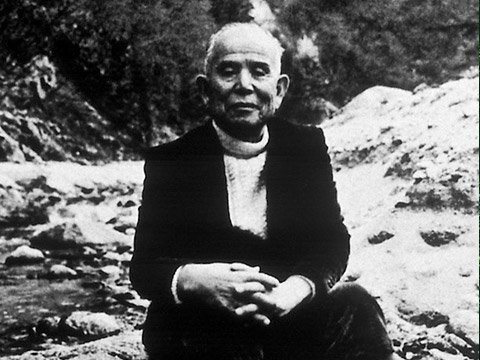
Image credit: Santori-HD
.
Second generation master blender “Keizo Saji”.
Keizo Saji, the second president of Kotobukiya and known as the founder of Suntory, is the second son of the Torii family.
He is said to have studied the synthesis of amino acids, which affect higher alcohols in whiskey, at the Department of Chemistry, Faculty of Science, Osaka Imperial University on the recommendation of Shinjiro.
His eldest son Kichitaro was scheduled to succeed him as the second generation, but he died prematurely at the age of 33, so his second son Keizo took over the reins.
The Saji family name is a mystery, and there are many theories. Please refer to the article on the Saji family name in the Historical Contents section of this website.
https://jpwhisky.net/whiskeyhistory4-2-2-2-26865/#toc3
The company is also famous for restarting the beer business that its predecessor, Shinjiro, had struggled with and once withdrew from, and in 1967 launched Junsei, a draft beer in non-heat-treated bottles.
He was the founder of the Public Advertising Organization (now AC Japan) and has a deep knowledge of the arts, contributing to the improvement of cultural projects in Japan such as the Suntory Museum of Art and Suntory Hall.
In 1973, Hakushu Distillery was built and single malt “Hakushu” was released.
In 1989, on the 90th anniversary of its founding, the company released “Hibiki,” a blended whiskey that was later inducted into the Hall of Fame at the World Competition of Alcoholic Beverages under the theme “Harmonizing with People and Nature.”
As an aside, it is said that Suntory’s managers dreaded the memo paper (and the back of the paper that was no longer needed) with instructions, commonly known as “marume”, that was given to them by President Keizo.
It was so named because Keizo’s signature of k in ○ looks like the hiragana “me”.
It issaid that the name was originallyadopted byHitomi Yamaguchi, who was head of the advertising production section when Keizowassenior managing director, who used topass around memos with instructions to her subordinates on the backs of flyers.
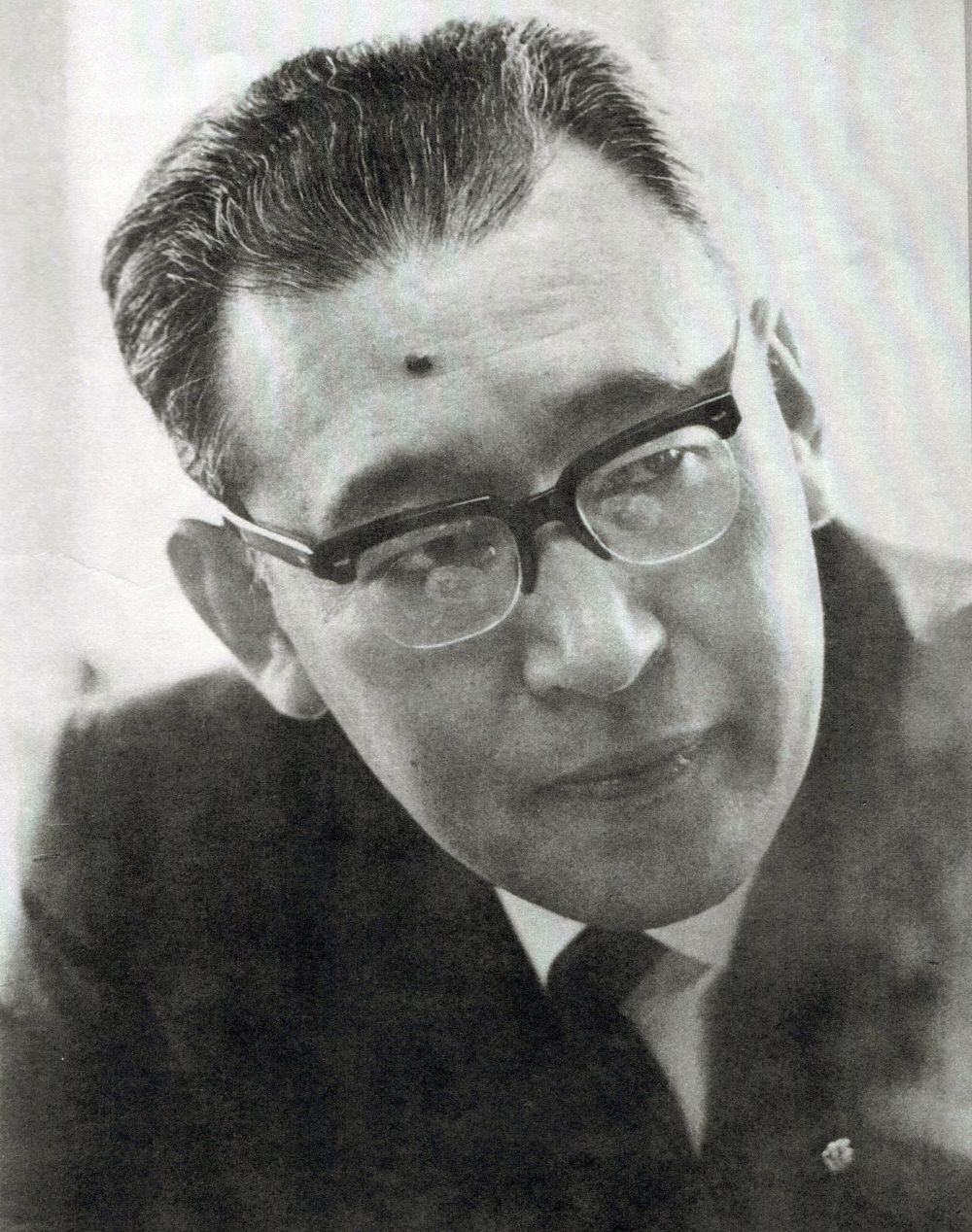
Chief Blender “Inui Sato”.
He is the person who created the current single malt “Yamazaki” with Mr. Keizo Saji over a period of two years.
Chief Blender “Koichi Inatomi
Former Suntory Chief Blender.
He is the former boss of Chief Blender Seiichi Koshimizu and the developer of “Hibiki 17nen”.
In 1968, he studied at Heriot-Watt University in Scotland, where he earned a doctorate in basic research in brewing.
After leaving Suntory in 2000, he was a visiting scholar at the University of Glasgow, where he was engaged in research on the industrial history of Scotch whisky.
In 2016, he was awarded the “Hall of Fame” recognized by Whisky Magazine, the world’s leading whisky magazine.
He is the second Japanese to be inducted into the Whisky Hall of Fame.
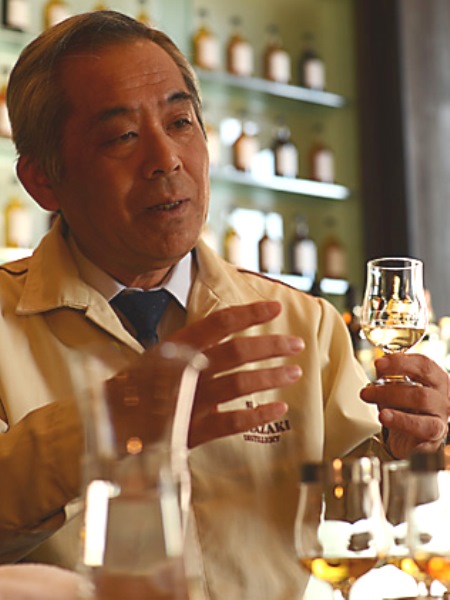
Image credit: Whisky Magazine
.
Third generation master blender “Shingo Torii
Born in 1953. Graduated from Konan University. Completed graduate studies at the University of Southern California.
Director since 1992, Vice President since 2003, Representative Director of Kansai Association of Corporate Executives since 2012, Vice Chairman since 2002, Vice Chairman of Osaka Chamber of Commerce and Industry.
The founder, Shinjiro Torii, is his grandfather, and the second president, Keizo Saji, is his uncle.
He has been a master blender since 2002.
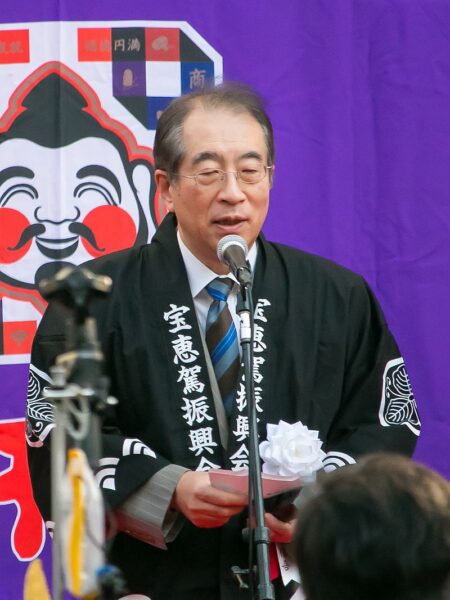
Image credit: Wikipedia
.
Chief Blender “Seiichi Koshimizu”
Seiichi Koshimizu
Born in Yamanashi Prefecture in1949
1973 Joined Suntory and assigned to Tamagawa Factory
1976Engaged in whiskey storage andaging research at the Central Research Institute and the Liquor and Food Research Institute
1985Moved to YamazakiDistillery (now Yamazaki Distillery)(in charge of storage)
1991: Moved to the Blender’s Office at the Institute of Western Wine and Spirits
1996: Chief Blender, Blender Office
1999 Chief Blender, Blender Office
2014 Honorary Chief Blender
2015Inducted into Whisky Magazine’s“HALL of FAME
<Current Activities
Visiting Professor at Kansai University
Visiting Professor, University of Yamanashi
Yamanashi Ambassador
Vice President and Representative Director of Haserabo Co.
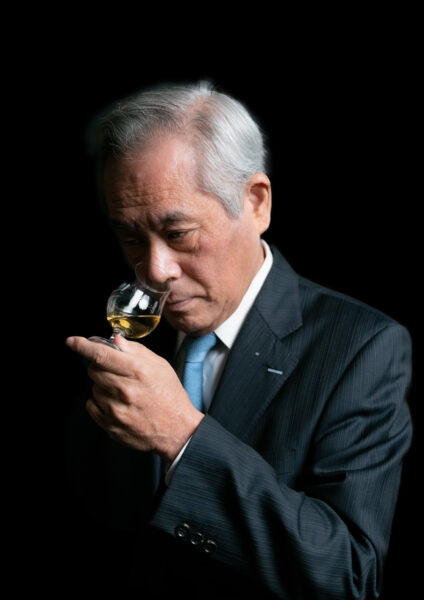
Image credit: Japanese Whiskey Membership Community “Rhyme -IN- “
.
Chief Blender “Shinji Fukuyo
Born in Aichi Prefecture in 1961. Graduated from Nagoya University, Faculty of Agriculture, Department of Agricultural Chemistry.
Joined Suntory Limited (at that time) in 1984.
After working in the blender’s office at Hakushu Distillery (now Hakushu Distillery), moved to England in 1996.
After working at Heriot-Watt University (Edinburgh) and on secondment to Morrison Bowmore Distillers (Glasgow), he returned to Japan in 2002.
In 2003, he became the chief blender, and in 2009, he became the head of the blender’s office and the fifth chief blender.
He has worked on many Suntory whiskies, including the various limited edition series of Yamazaki.
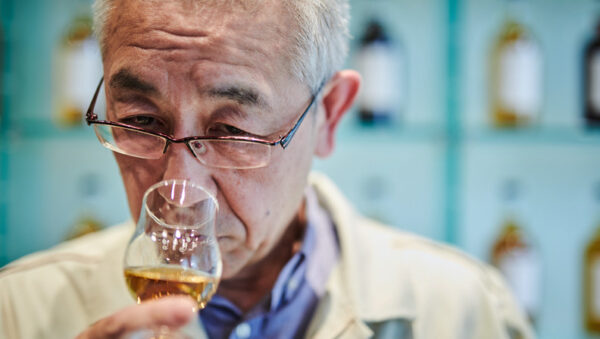
Image credit: Suntory Heki AO official website
.



